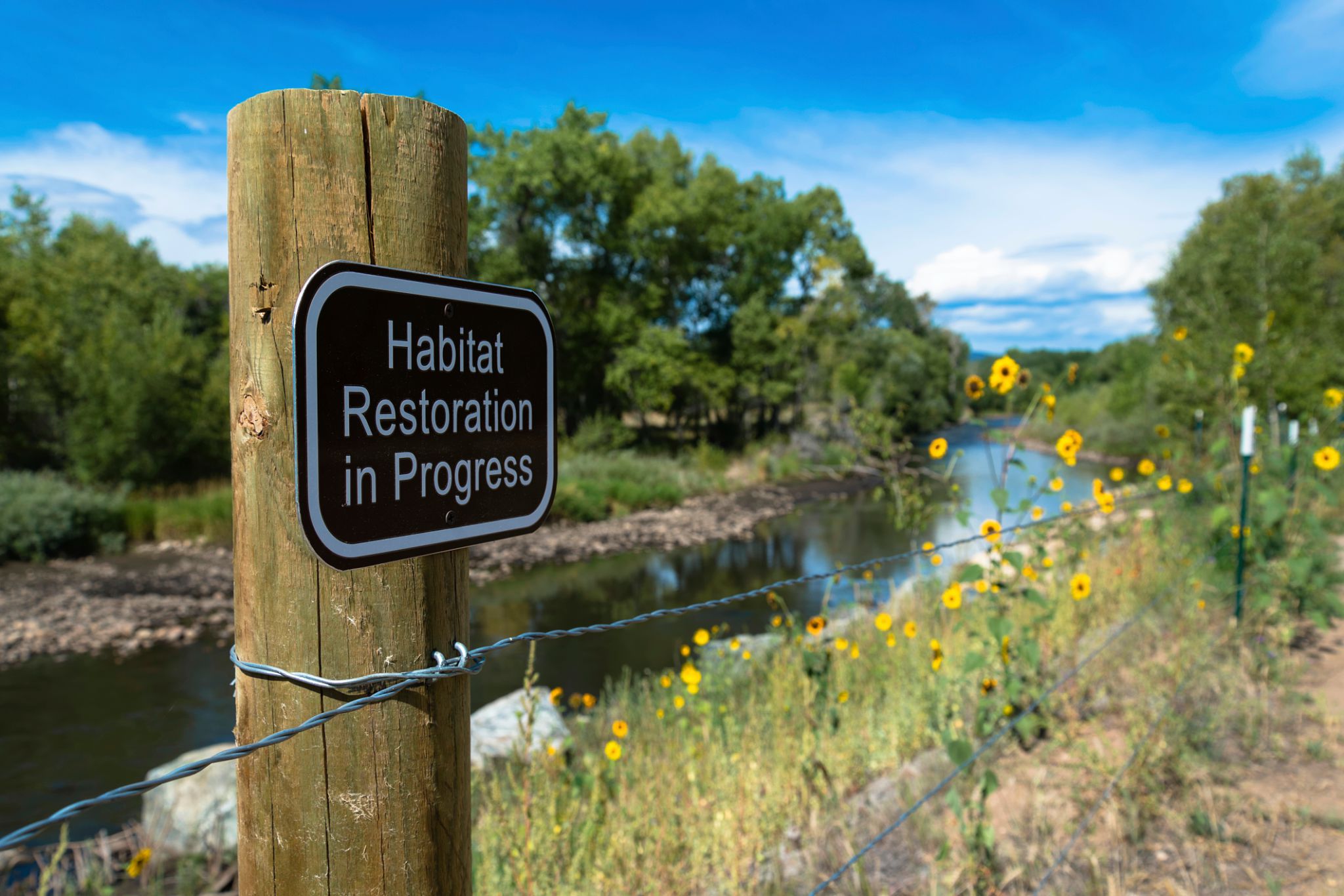Soil Screening Success Stories: Transforming Local Landscapes
The Power of Soil Screening
Soil screening has emerged as a vital tool in transforming local landscapes, providing communities with healthier, more vibrant environments. By understanding the composition and quality of soil, urban planners, gardeners, and developers can make informed decisions that benefit both the environment and the people who inhabit it.
One of the significant advantages of soil screening is its ability to identify contaminants and nutrient deficiencies, enabling effective remediation strategies. This process not only improves soil health but also enhances the growth of local vegetation, leading to greener and more sustainable landscapes.

Revitalizing Urban Gardens
In urban areas, community gardens have become sanctuaries of greenery and fresh produce. However, many of these gardens are established on plots with unknown soil histories. By utilizing soil screening techniques, communities can identify potential hazards like lead or other heavy metals and take necessary steps to mitigate their impact.
For example, a community garden in a bustling city center faced challenges with poor plant growth. After conducting soil screening, it was discovered that the soil lacked essential nutrients. The community then implemented a nutrient management plan, resulting in a thriving garden that now serves as a model for others.

Restoring Contaminated Lands
Industrial activities have left many landscapes contaminated, posing risks to both the environment and human health. Through soil screening, these areas can be assessed and rehabilitated, transforming them into safe and usable land once again.
An inspiring success story comes from a former industrial site that was transformed into a public park. Soil screening revealed high levels of contaminants, which were systematically removed through targeted remediation efforts. Today, this park provides a green space for recreation and community events, demonstrating the potential of turning blighted lands into community assets.

Supporting Sustainable Agriculture
Agricultural lands also greatly benefit from soil screening. Farmers can tailor their crop management practices based on the specific needs of their soil, enhancing productivity while minimizing environmental impact. This approach supports sustainable agriculture by ensuring that resources are used efficiently.
One farm implemented targeted crop rotation and organic amendments after soil screening indicated specific nutrient deficiencies. As a result, the farm saw increased yields and improved soil structure, showcasing the long-term benefits of informed agricultural practices.
Promoting Biodiversity
Healthy soil is the foundation of biodiversity. By screening soil, conservationists and land managers can create environments that support diverse ecosystems. This is crucial in areas where native species need protection and restoration.
A nature reserve used soil screening to develop a tailored restoration plan that encouraged the growth of native plants. Over time, this led to an increase in wildlife species, enhancing the ecological balance and beauty of the area.

The Future of Soil Screening
The success stories of soil screening highlight its potential to reshape our landscapes positively. As technology advances, these processes will become even more accessible and efficient, offering new opportunities for environmental stewardship.
Embracing soil screening as a standard practice can lead to healthier environments and communities worldwide. By investing in our soil today, we're planting the seeds for a sustainable future.